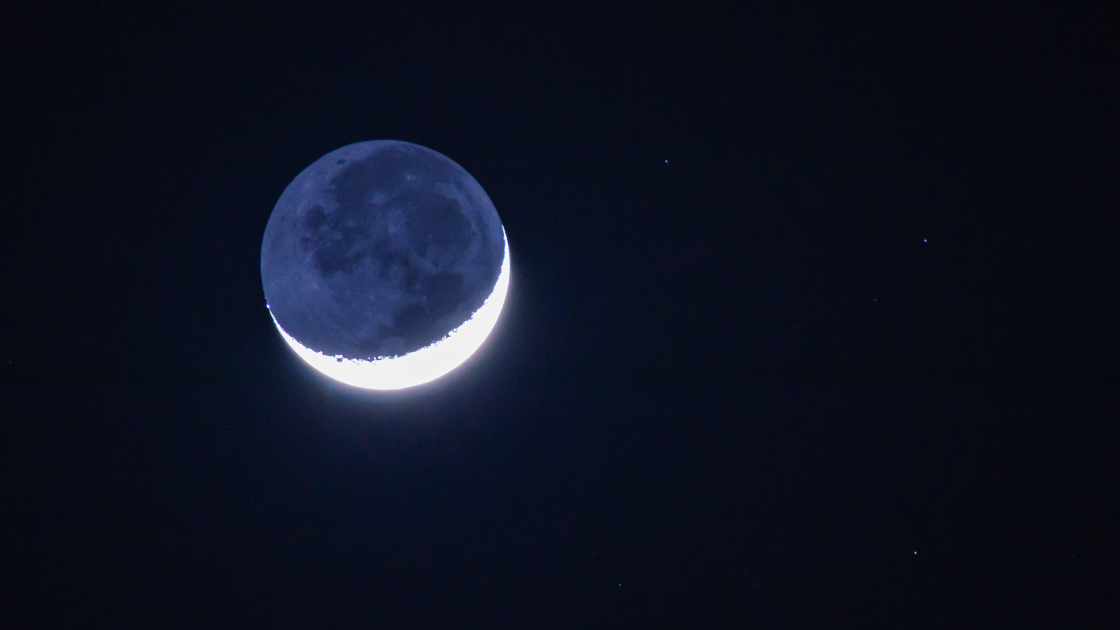Mercury at Greatest Elongation West Show on May 9th 2024
May 2024

Are you ready for an extraordinary celestial event? If you’ve ever dreamt of peering into the secrets of our solar system, mark your calendar for May 9th. This day promises a captivating spectacle as Mercury, the elusive messenger of the gods, reaches its greatest elongation from the sun.
A Guide to Observing Mercury’s Greatest Elongation
For avid astronomers and stargazers alike, May 9th holds a special significance. It’s the day when Mercury, the smallest and swiftest planet in our solar system, graces the dawn sky in all its glory. This rare event offers a prime opportunity to witness Mercury at its farthest point from the sun, making it an ideal time for observation.
The Cosmic Dance: Mercury, Mars, and Saturn in the Pre-Dawn Sky
Picture this: the tranquil pre-dawn hours, a clear sky painted with a myriad of stars, and the thrill of spotting not just one, but three planets adorning the celestial canvas. On May 9th, Mercury will share the stage with the majestic Mars and the ringed wonder, Saturn. As dawn breaks, look towards the eastern horizon to witness this cosmic dance unfold before your eyes.
Making the Most of Mercury’s Greatest Elongation
While Mercury is visible to the naked eye during its greatest elongation, enhancing your viewing experience with stargazing binoculars or a telescope can unveil a wealth of detail. Here are some tips to ensure you make the most of this celestial spectacle:
- Location: Choose a viewing spot away from city lights and obstructions, preferably with a clear eastern horizon.
- Timing is Key: Head out in the pre-dawn hours, around an hour before sunrise, for the best chance of spotting Mercury along with its celestial companions.
- Patience and Perseverance: Observing Mercury may require a keen eye and a bit of patience. Be prepared to scan the sky slowly, allowing your eyes to adjust to the darkness.
- Accessorize Your Viewing: While Mercury is visible without aid, using stargazing binoculars or a telescope will provide a closer look, revealing its phases and perhaps even its elusive surface features.
- The Wonder of Mercury: A Brief Introduction to the Innermost Planet
Mercury, named after the fleet-footed messenger of the Roman gods, is a planet of mysteries and marvels. With its close proximity to the sun and lack of a substantial atmosphere, Mercury experiences extreme temperature variations and boasts a rugged, cratered landscape reminiscent of the moon.
Share Your Observations of Mercury’s Greatest Elongation
As you embark on your journey to witness Mercury’s greatest elongation on May 9th, why not share the experience with fellow sky enthusiasts? Whether through social media, online forums, or local astronomy clubs, sharing your observations can foster a sense of community and inspire others to gaze skyward.
Next greatest elongation west: May 9, 2024
Next superior conjunction: June 14, 2024
Next greatest elongation east: July 22, 2024
Next inferior conjunction: August 19, 2024
Previous inferior conjunction: April 11, 2024
Previous greatest elongation east: March 24, 2024
Previous superior conjunction: February 28, 2024
Previous greatest elongation west: January 12, 2024
Final Thoughts:
In a world filled with hustle and bustle, taking a moment to gaze at the stars can be a truly transformative experience. On May 9th, as Mercury reaches its greatest elongation, seize the opportunity to connect with the cosmos and marvel at the beauty of our solar system. Whether you’re a seasoned astronomer or a novice skywatcher, let the celestial dance of Mercury ignite a sense of wonder and awe within you. Happy stargazing!

Earthshine Night





